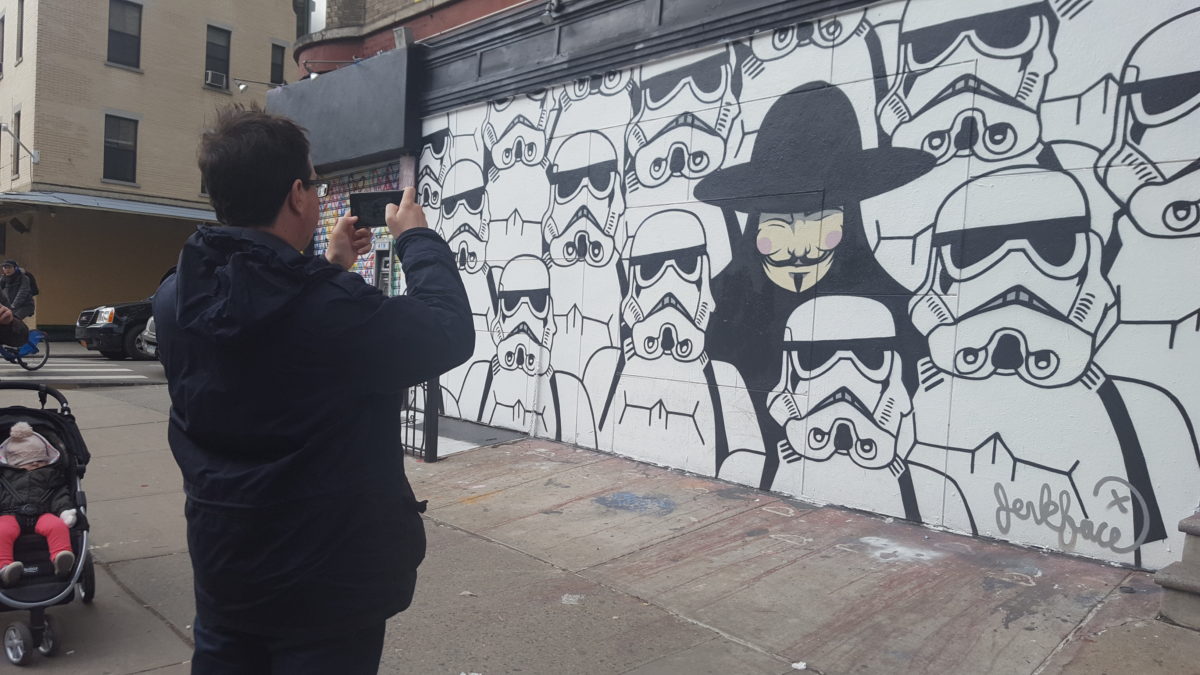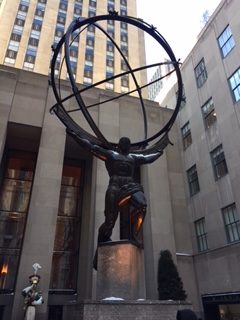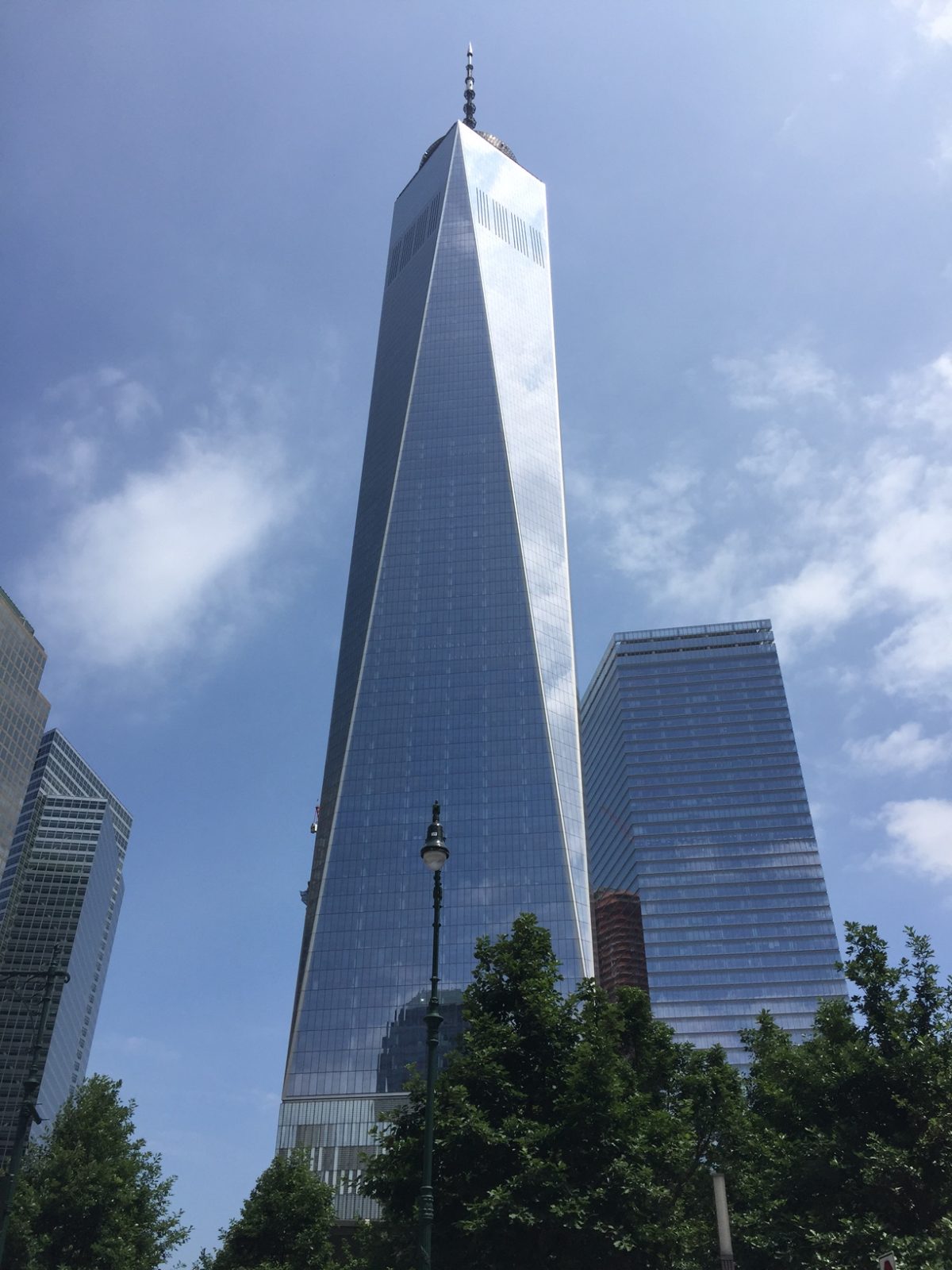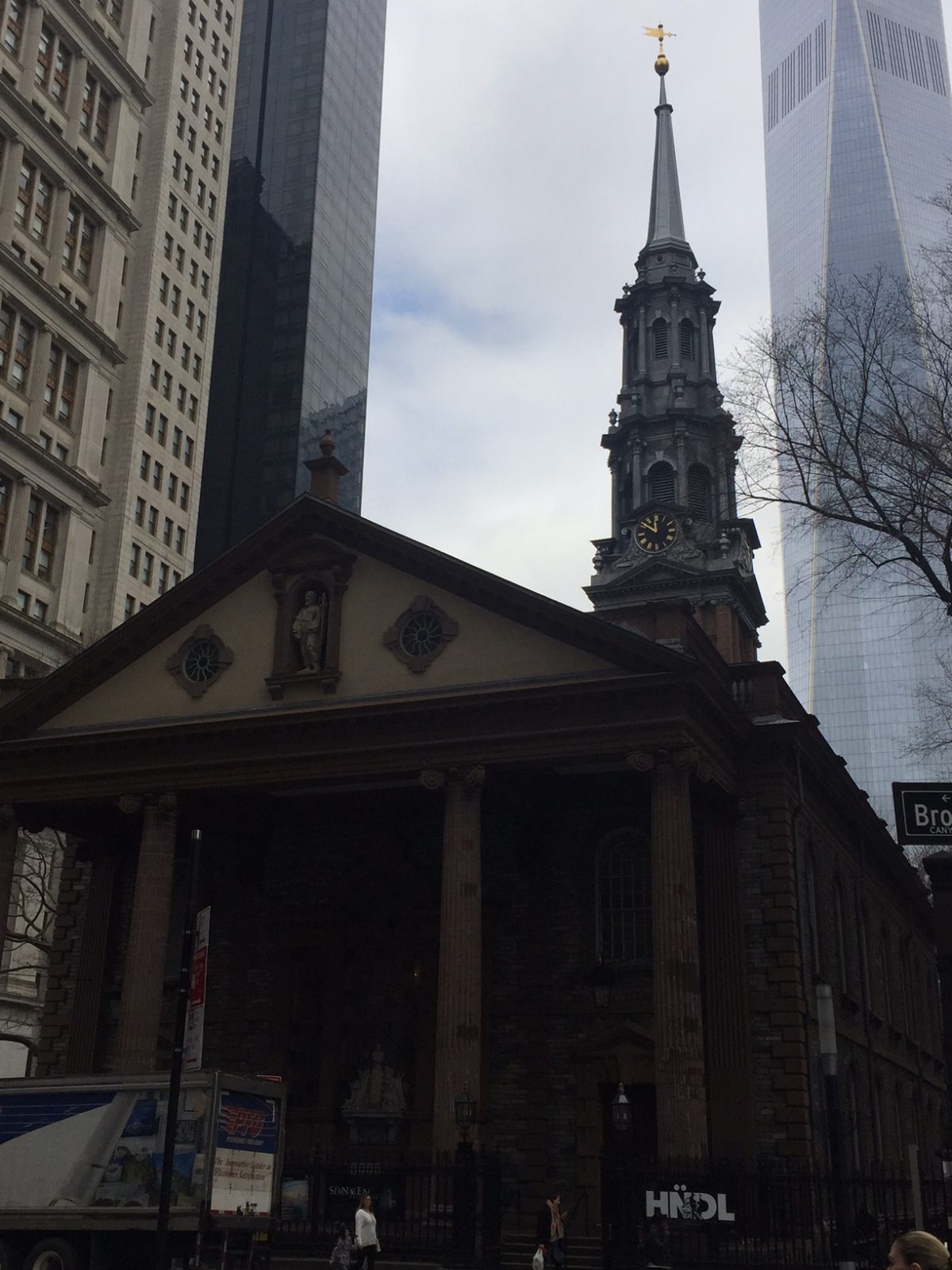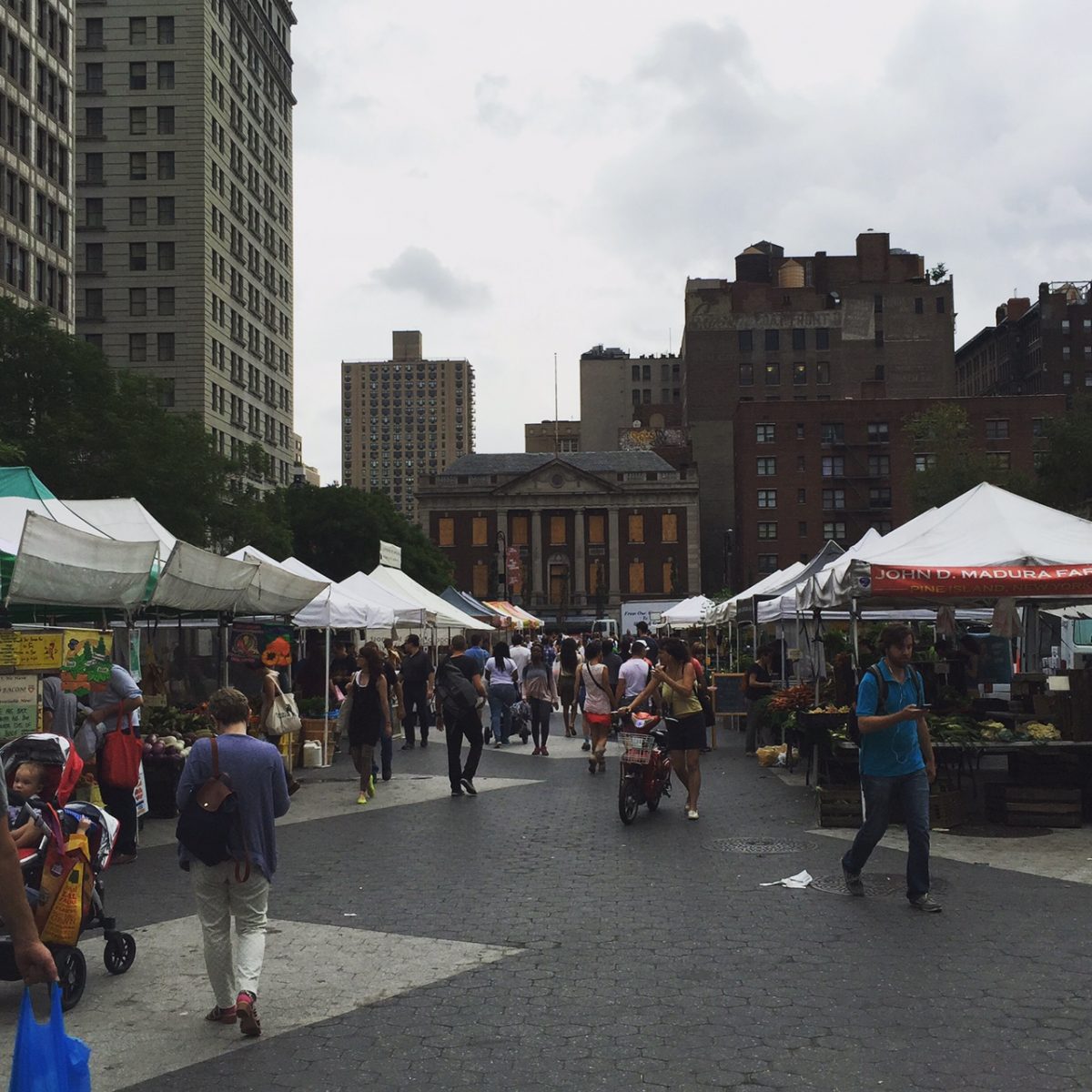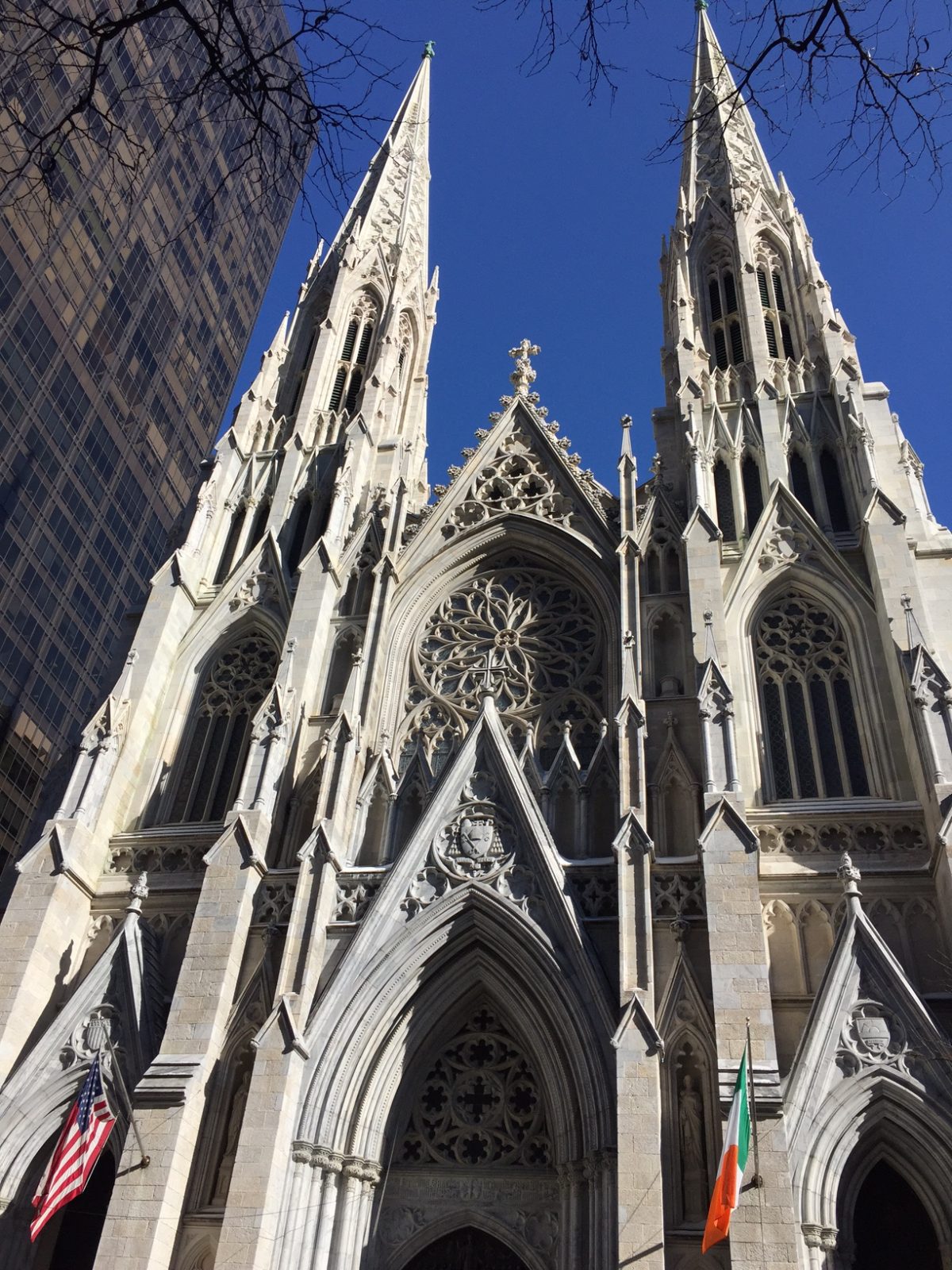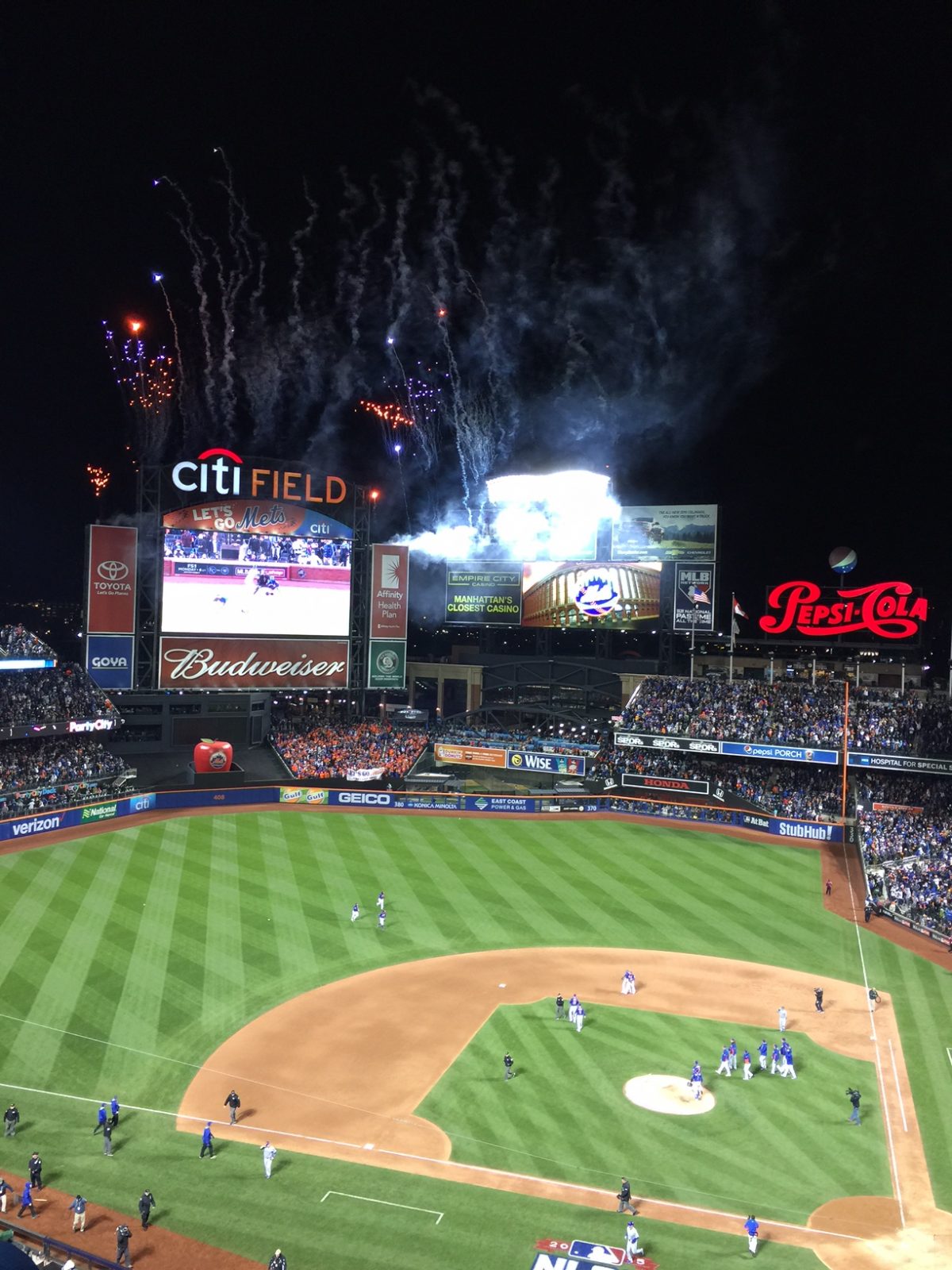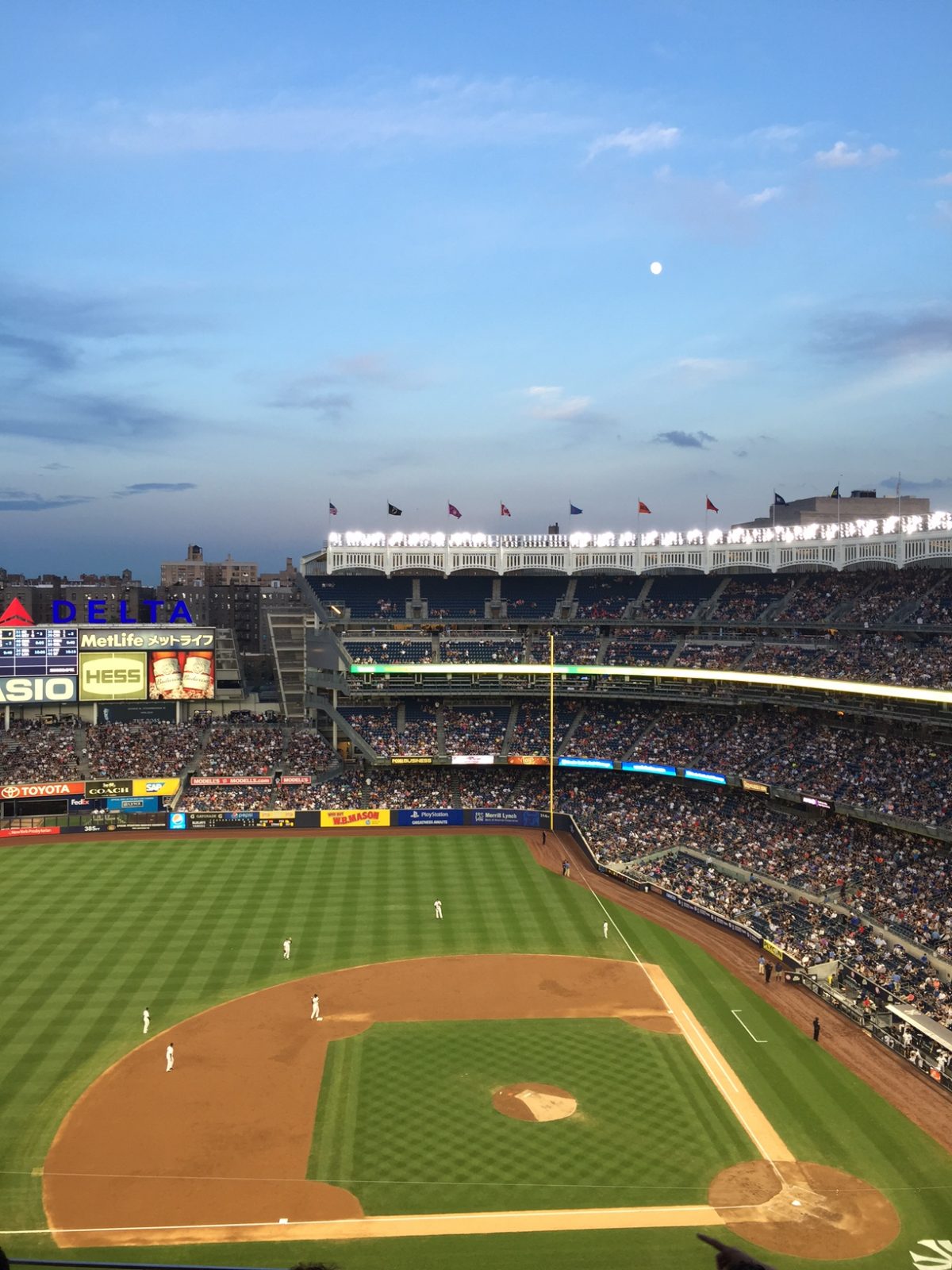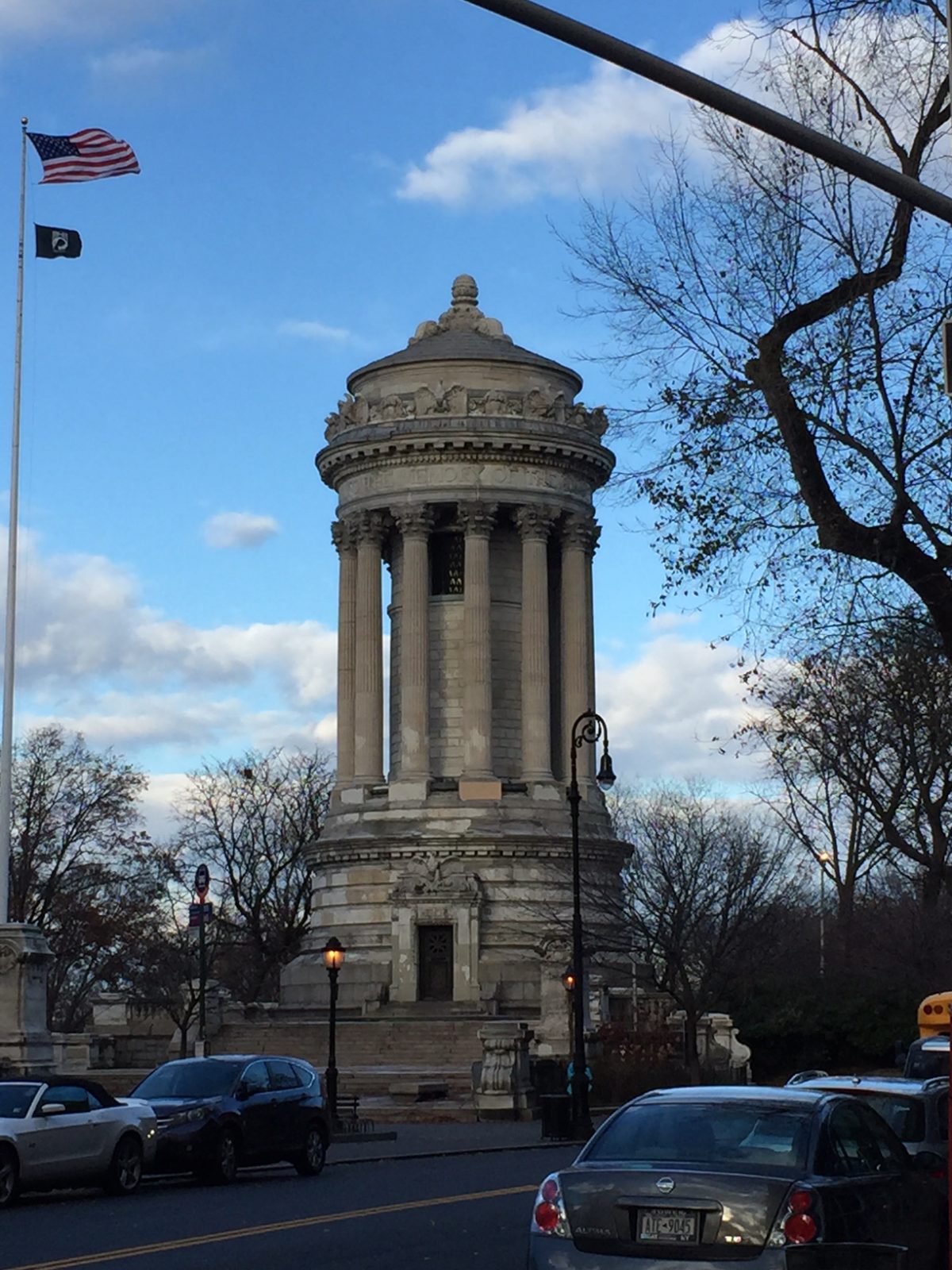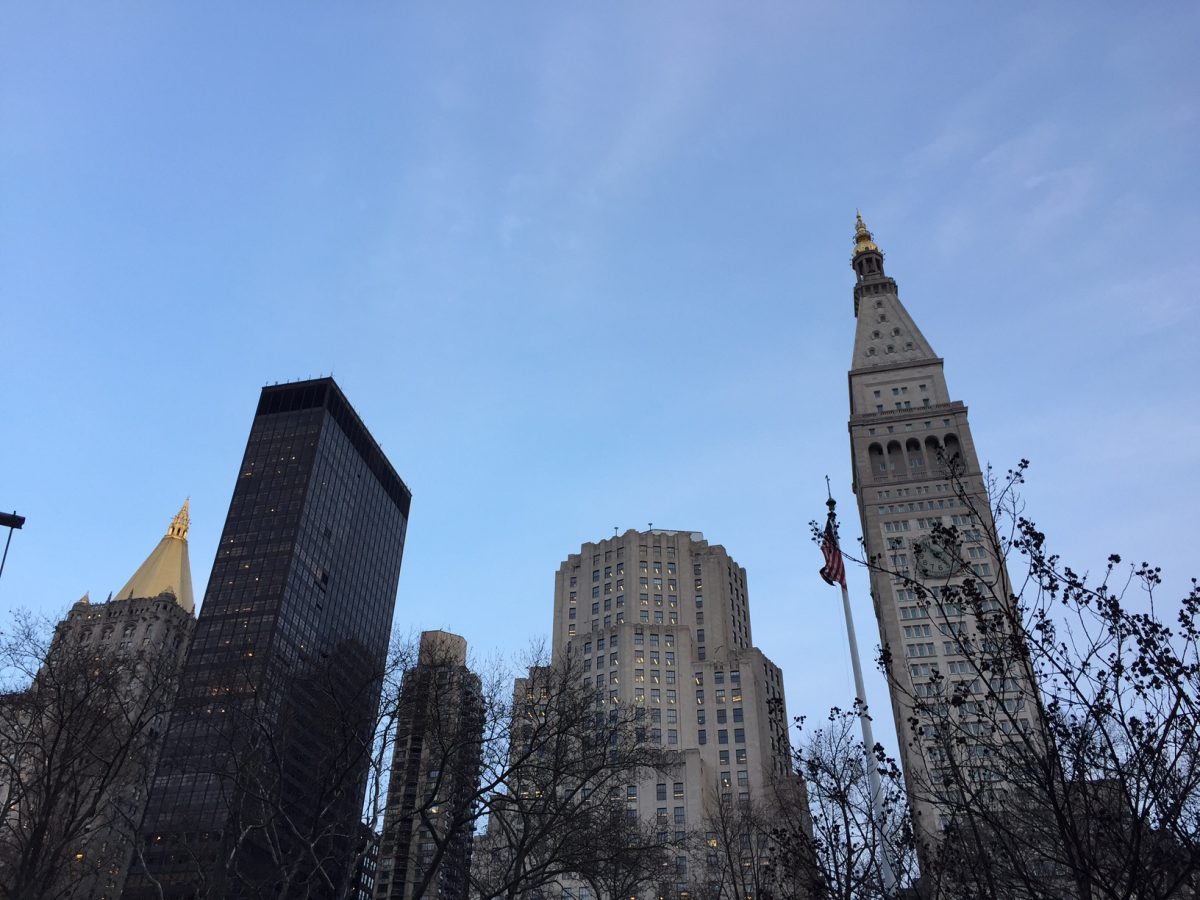With a city as large and diverse as New York, residents and guests love to share their home with those outside of the five boroughs. In this age of social media posting, this has never seemed easier. Picture-aggregation site Instagram has consistently rated the city as the most pictured place by its users. Other media services also record high numbers of New York attractions appearing in its collections. With so many places to see, Sights by Sam is the perfect way to snap that selfie or get that perfect photo of New York. Among some of the sites Sights by Sam can show:
Times Square can be seen on a tour of “Midtown Manhattan”, by day or by night. In addition to seeing the bright lights and the waves of people and traffic flowing through the bowtie-shaped intersection, guests will also be able to take their pictures with WWI hero Father Francis Duffy or with Broadway composer virtuoso George Cohan. Guests will also learn why this intersection is called “Times Square” and be able to understand the rise, fall, and new rise of this storied junction.
For those who like nature in the city, Central Park is often a great spot to snap and share photos. Sights by Sam’s “Central Park” tour shows off the emerald jewel of Manhattan in all its glory. Guests will learn about the purpose behind the formation of the park, its decline, and its great resurgence that continues to this day. In addition to learning about the park’s history (and the plants and critters that make the park their home), guests can also get pictures on the Oak Bridge, Bethesda Terrace/Angel of the Waters, and the Mall, among other iconic spots. For something different, visitors on Sights by Sam can even snap pics with a castle in the middle of Manhattan or with some of the most pampered trees in the city.
On Sights by Sam’s “Architecture: Building New York” tour, guests will learn about New York architecture, including some of Midtown’s highest peaks, and learn a bit of environmental and industrial history along the way.. Perhaps the biggest star of the tour is the ground the group actually walks upon—the High Line linear park, a repurposed train viaduct through the Far West Side and the Meatpacking District. This park has quickly become the new star attraction in Manhattan, connecting the new Hudson Yards area with the Whitney Museum of American Art. There is no perfect spot for selfies and pics; indeed, the entire tour is perfect for them.
In addition to all of these main sites, Sights by Sam provides a plethora of great places to photograph such as the Unisphere in Queens, Grand Army Plaza in Brooklyn, or the birthplace of hip hop in the Bronx (along with the NYC version of the Champs Elysees). Find your perfect spot with a Sights by Sam walking tour.

